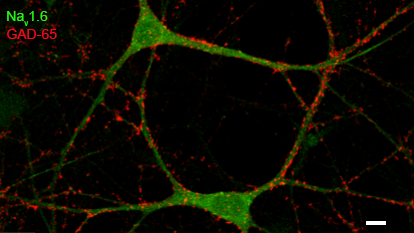Hyperexcitability is a prevalent feature of early Alzheimer Disease (AD), hastening cognitive decline and progression of disease. Variable expression of Naᵥ subtypes in specific neuronal populations influence the sensitivity of cellular and network excitability. Heterogeneity of Naᵥ expression also differs with cell maturity, as subtypes with distinct activation kinetics render developing neurons more susceptible to hyperexcitability when compared to established neurons. Electrophysiological and pharmacological evidence indicates that mature excitatory neurons, following injury or disease, augment their high-frequency firing by reverting to an Naᵥ profile indicative of an earlier developmental window. Direct evidence of early AD effects on excitatory neurons is limited and whether changes in Naᵥ expression coincide with a ‘sensitive period’ of excitability in early neurodegeneration have not been investigated.
